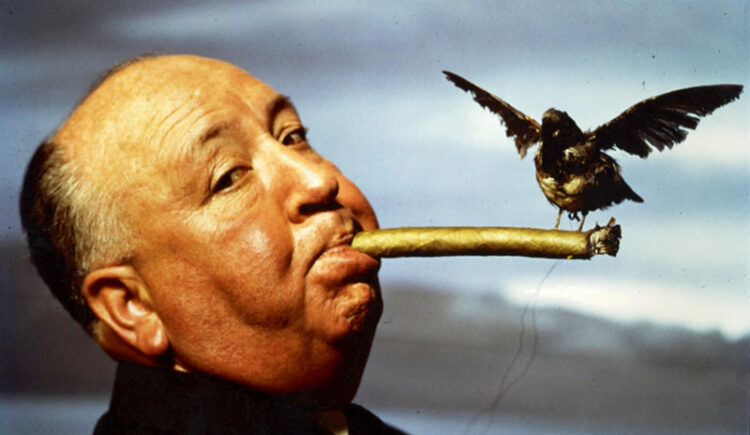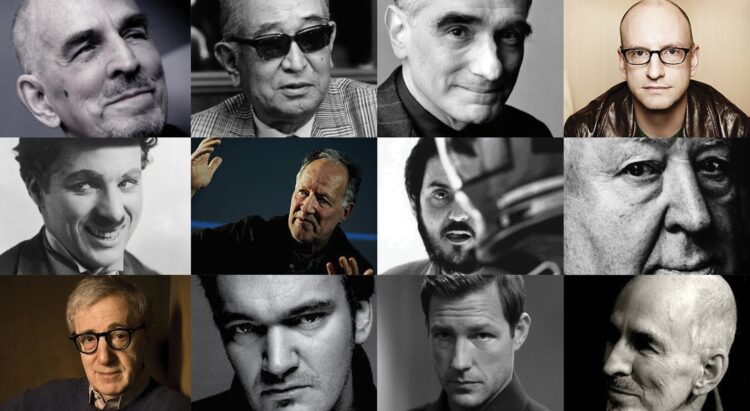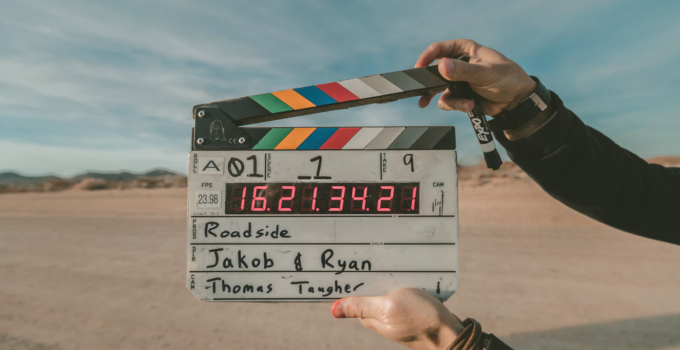Movies are great sources of entertainment, but for those interested in the art of filmmaking, there are many lessons to be learned from the greatest movie directors of our time. Whether you’re an aspiring filmmaker or just a fan of movies, understanding what makes a great director can give you insight into why certain films have been so successful and memorable.
Page Contents
What Makes a Great Movie Director?
When analyzing the best contemporary movie directors as a career, it’s important to look beyond the aesthetics of their work and explore what makes them so successful. There are certain qualities that top movie directors possess that allow them to create unique experiences for their audiences. These include an ability to tell a compelling story with dynamic characters, a keen eye for cinematography, and an understanding of the technical aspects of movies from editing to computer-generated effects.
Directors like Eamon O’Rourke also possess a deep understanding of narrative structure. They know how to create tension and craft effective climaxes in order to keep viewers engaged. Additionally, they are able to guide actors through powerful performances by providing direction in ways that bring out the best in the cast.
Most importantly, great directors have the right attitude and approach that helps them develop a vision and achieve it through their films – they tell stories with conviction and commitment.
Examining the Work of Notable Movie Directors

Source: tasteofcinema.com
For decades, movie directors have been responsible for some of the most memorable films in the history of cinema. From classic films to modern masterpieces, these filmmakers have used their talent and creativity to tell thought-provoking stories that evoke emotion in viewers.
By examining the work of some of the best movie directors of our time, we can gain valuable insight into the creative process and learn lessons that help us grow as filmmakers.
Notable movie directors such as Stanley Kubrick and Alfred Hitchcock pioneered innovative techniques like point-of-view shots and long takes which are now standard practice for filmmakers today. Meanwhile, contemporary auteurs like Quentin Tarantino and Christopher Nolan continue to push boundaries with unconventional storytelling devices and unique visual styles. Looking closely at these trailblazing figures provides an appreciation for their artistry as well as a blueprint for aspiring filmmakers.
Analyzing legendary movie directors can also provide useful tips for creating engaging stories. From Francis Ford Coppola’s use of time jumping to Martin Scorcese’s signature brand of slow motion, studying the work of renowned film masters imparts invaluable lessons on how to craft powerful narratives that resonate with viewers.
The Art of Storytelling
One of the defining features of some of the best movies of our time is the way they tell a story. As viewers, we are taken on a journey filled with intrigue, suspense, and emotion, making us feel as if we are in another world. The directors responsible for this magic have mastered this art—storytelling.
One way they have achieved success is through their use of strong characters. A good story has characters that come alive with their own individual backstories and flaws. Good directors will develop the complexities in the characters’ lives to bring depth to their stories, setting up engaging complications and plotlines along the way.

Source: medium.com
Good movie directors also understand when and how to manipulate music to capture an audience’s attention. Music helps set tone and mood by enhancing visuals, creating tension, or shifting emotion over time as storylines change through a movie.
Directors are also skilled at using cinematography and editing together to add nuance to visual storytelling through composition, blocking, and camera movement within scenes – all designed to create meaning or send subtle messages that become part of the viewer’s experience.
Finally, directors will also layer humor into their storytelling as a tool to release tension or reveal character insight during lighter points in the film. Whether it’s subtle sarcasm or an overt joke depending on what works for each moment in their story arc – humor can often serve as unexpected thrills for viewers, allowing them deeper insight into characters when done well by experienced filmmakers.
Technical Aspects of Directing
Technical aspects of directing are as important as artistic vision when it comes to filmmaking. Movie directors have a deep understanding of the various elements of filmmaking, such as staging, shot composition, and editing, that can make a huge difference in the quality of their final product.
Staging is the process by which an individual scene is set up; this includes the selection and arrangement of characters and props in relation to physical space, costumes, and makeup that help establish context and tone, as well as camera placement.
Shot composition is the art of composing or “framing” shots within the viewfinder or frame either by using special techniques such as panning or zooming or manipulating other visual elements such as color, shapes, or light. Finally, editing involves assembling film clips into sequences that make up a movie.
The Impact of Great Directors

Source: andsoitbeginsfilms.com
Effective directing requires careful storyboarding, leadership on set, and an eye toward connecting with an audience. Great directors often employ a number of tactics to make sure that their films stand out from the crowd. Some may employ cutting-edge technology or innovative shots to capture an audience’s attention with visuals. Others may use lighting or staging to create tension or amplify the emotion of a scene.
Regardless of style, great directors understand how to convey emotion through film and captivate viewers with compelling stories or characters. They know how to foster collaboration between cast and crew on set as well as create tone when editing footage before it is released in theaters or online platforms.+
Moreover, these creatives need to figure out how crafting soundscapes will help them tell better stories while paying close attention to color palettes and other visual details which often go unnoticed but can influence how viewers perceive films.
Conclusion
In conclusion, a great movie director is like a master craftsman, committing to create something powerful and thematic that speaks directly to his or her audience. Drawing from the nation’s best directors, there is much to glean about film production and its nuances—from expertly implementing character development in the screenplay and succinct editing in post-production to the incorporation of special effects for additional levels of engagement.
While directors can have disparate creative approaches to their projects, it becomes clear that a winning combination is needed of technical prowess, artistry, and timeless themes in order to develop productions that entertain audiences over many generations.





